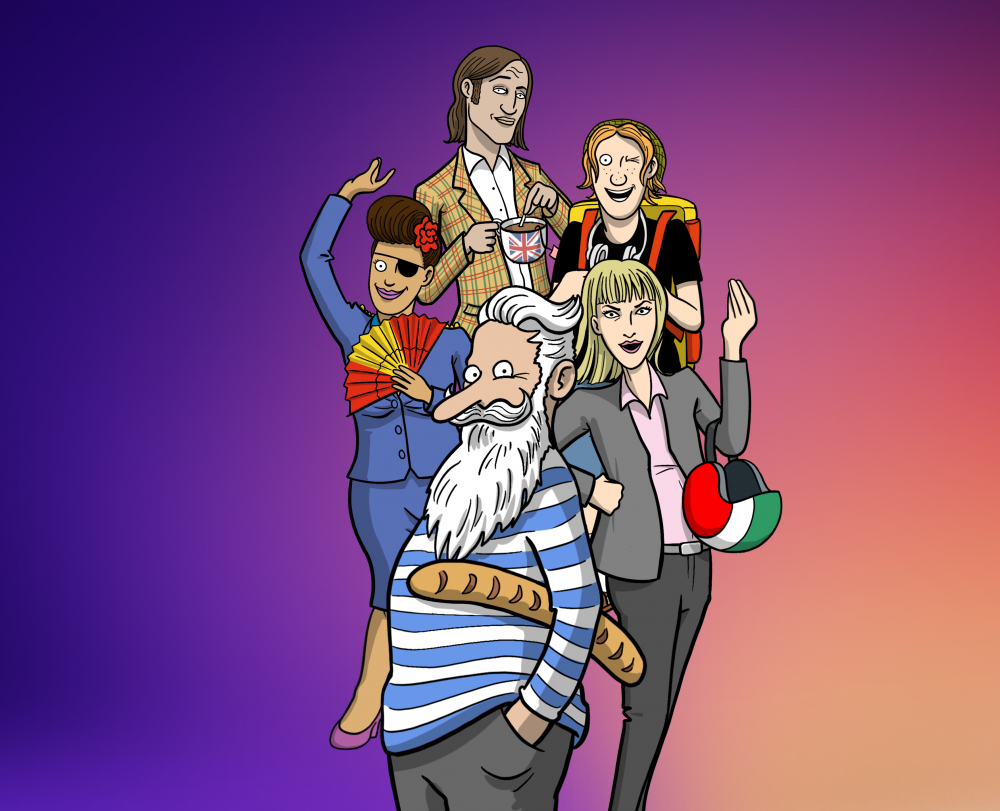Augmentative and diminutive forms
Augmentative forms indicate greatness in size or intensify the meaning of a word; diminutive forms, on the other hand, refer to something small in size, or express affection. Both are formed by tagging a certain ending onto nouns and adjectives.
Ambrogio è un ragazzone → un ragazzo alto
Ambrogio is a very tall boy.
Ho visto una farfallina → una farfalla piccola
I saw a very small butterfly.
The main endings we tag onto a word to make the augmentative form are -one/-ona.
Sto leggendo un librone di mille pagine. (il libro)
I am reading a very large book with a thousand pages.
Maddalena mi ha fatto un regalone. (il regalo)
Maddalena gave me a very big gift.
You will also sometimes see the endings -accione and -acchione.
Buono → bonaccione
Good → a good-natured person
Matto → mattacchione
Mad → a joker
Note: in some cases, a feminine noun can become masculine in the augmentative form.
Una donna → un donnone
A woman → a very tall woman
Una testa → un testone
A head → a very large head
Una barca → un barcone
A boat → a very large boat
The main diminutive endings are -ino/-ina, -etto/-etta, -ello/-ella and -uccio/-uccia.
La piscina è bellina. (bella)
The swimming pool is just beautiful.
Vuoi una birretta? (la birra)
Do you want a quick beer?
È un paesello di campagna. (il paese)
It's a little country village.
Che bel calduccio! (caldo)
It's nice and warm here!
Notes:
- the endings -ino/-ina can be preceded by -ol-.
Il cane → il cagnolino
The dog → the little dog
Il topo → il topolino
The mouse → the little mouse
La testa → la testolina
The head → the little head
- there are no fixed rules determining when the alternate endings are used: it just depends on the word in question.
Still facing difficulties with 'Augmentative and diminutive forms'? Enhance your grammar and learn Italian through our online Italian lessons.
Start with a free test and improve today!
What our users say:
Improve your Italian further and test Saga Baldoria, online Italian course.

